If hiking is your favorite activity and there’s nothing that excites you as much as traversing trails, gullies, and ridges of the world, then you know everything about the importance of wearing quality hiking footwear.
In other words, finding the best hiking shoes is an incredibly personal choice. Their job is to keep your feet dry, protected, and healthy no matter the difficulty of terrain or weather conditions. And while there are dozens of different manufacturers available on the market, most backpackers tend to stick to a small set of reliable brands.
Salomon and Keen are among these brands. Both companies are well-known for quality footwear that’s often packed with innovative features. Thousands of hikers around the world buy shoes and boots made by these two brands every year, with both companies regularly breaking sales records.
While both of these brands offer excellent outdoor footwear, for men and women, there are still some key differences in the materials and technologies they use to make hike boots and shoes. However, a lot of these differences often boil down to preference and technicalities. Whenever one brand seems to be a better choice, it turns out that the other has its own advantages as well.
Nevertheless, we’ve decided to pit these brands against each other and help you decide whose company’s footwear is a better choice for your needs:
Is Salomon a Good Brand?
Unlike its competitor, which came into existence only 17 years ago, Salomon has been around for quite a bit longer. Founded all the way back in 1947 in Annecy, France, the company started out as a simple family ski shop. In the following decades, they were the first to design, manufacture, and sell a couple of innovative products, such as the world’s first self-releasing heel piece.
Nowadays, Salomon is among the biggest and most renowned brands of its type on the planet. When it comes to footwear, they rely heavily on cutting-edge technologies, some of which we’re about to list down below.
Technologies Used by Salomon
Waterproofing
If you’re someone who often hikes in wet conditions, you’ll want your footwear to be waterproof. Water-resistant hiking boots or shoes will allow you to confidently cross shallow streams.
Salomon’s take on this problem is quite simple. They use Gore Tex membranes (like in the case of Salomon X Ultra 3 GTX hiking shoes, which we’ll analyze later), a proven solution that’s present in shoes of many other footwear brands. Furthermore, they also use Climashield, a water-resistant (not waterproof) technology that they often pair with Gore Tex.
Outsoles
With Vibram being an industry leader in outsoles, one would expect a brand of Salomon’s stature to use Vibram outsoles in their footwear. However, this company has its own proprietary solution which is called Contagrip.
Composed of both high and low-density rubber, Contagrip outsoles offer an excellent grip. The company also uses Contagrip Winter Grip outsoles for their winter technical footwear. While not as durable as Vibram soles, Contagrips provide unmatched traction on wet and dry ice.
Footbed
When it comes to insoles, on the other hand, Salomon’s engineers usually go with Ortholite footbeds – like in the case of the already-mentioned Salomon X Ultra 3 GTX shoes. As far as we’re concerned, these may be the best products of their kind on the market.
Ortholite footbeds are designed in a way so that they never change their shape inside hiking boots. The result of this is unmatched arch and heel support, as well as guaranteed longevity – your Ortholite insoles won’t wear off anytime soon.
Insulation
Solomon’s solution to hiking footwear insulation is called Aerotherm, a result of their partnership with Aspen Aerogels. This gel-type insulation is waterproof, lightweight, and very compression-resistant. In fact, the company claims that it’s seven times as effective as insulation solutions used by other brands.
Another type of insulation used by this company is called Thinsulate. As the name suggests, this insulation is very thin and lightweight, but also fur-lined and as such more than capable of keeping one’s feet warm in cold weather.
Odor Control
Odor control is far more important than most people tend to think. In most cases, odors are caused by bacteria. If your hiking boot stinks, there’s a pretty good chance bacteria are growing inside of it.
Unfortunately, Salomon’s hiking boots do not incorporate any special odor control technology. However, they often come with Ortholite Sockliners, which are exceptionally breathable and more than capable of reducing bad odors.
Sustainability
Salomon is one of those brands that are dedicated to preserving our planet. The company keeps a close eye on their carbon footprint, and also makes sure that all of their waste is recycled or reused.
All of the company’s ecological efforts can be found on their website. One of these is their goal to reduce the carbon emission by 20% in the next five years.
Style
Both of the brands we’re comparing in this article are quite similar in style.
However, in our opinion, Solomon’s shoes and boots for hiking have a more technical look to them. In fact, the seamless construction and beefier soles of their footwear look somewhat futuristic – after all, it’s one of the most innovative brands on the market.
Warranty
A warranty policy can say a lot about a particular footwear brand. One of the biggest red flags for quality is when the company doesn’t stand by its products.
Fortunately, Salomon offers a two-year warranty on most of their hiking boots and shoes. This warranty is, however, limited – it only covers workmanship or material issues.
Price
Both of the brands we’re comparing here have similar prices for their hiking boots and shoes. However, Salomon’s products will typically run you a little more.
This doesn’t mean that Keen’s footwear isn’t as good as Salomon’s, though – it’s just that the latter had more time to establish itself as a reliable brand on the market. If you are interested in Salomon, check out our Oboz vs Salomon comparison as well.
A Popular Choice – Salomon X Ultra 3 GTX
When it comes to hiking shoes, one of the company’s most popular offerings is called Salomon X Ultra 3 GTX. Although nimble and somewhat minimalistic-looking, this shoe may well be one of the best products of its type on today’s market.
As the name suggests, Salomon X Ultra 3 GTX is a waterproof model – its Gore Tex membrane does a great job of stopping the moisture from getting inside the shoe. The model’s Contagrip outsole, on the other hand, features deep lugs that provide excellent traction on all types of terrain.
Another great thing about Salomon X Ultra 3 GTX is its weight. At 1.93 pounds, it weighs significantly less than its direct competitors, such as Keen’s Targhee III or Merrell Moab 2. Moreover, its fit is very snug – you’ll feel as if you’re wearing trail running shoes.
A Popular Choice – Salomon 4D 3 GTX
When it comes to hikers boots, on the other hand, one of Salomon’s most popular offerings is called 4D 3 GTX. Just as Salomon X Ultra 3 GTX shoes, these hiking boots are waterproof, but also far more rugged and protective.
Due to its leather upper and the proprietary Contagrip sole, 4D 3 GTX is both durable and very grippy. However, unlike Ultra 3, these hiking boots are much more stable, due to their tall ankle collars and the 4D Advanced Chassis.
With a hi-tech design that delivers top-notch performance, 4D 3 GTX is a better choice than Salomon X Ultra 3 GTX if you need a high-top hiker boot that will handle any type of terrain you put in its path.
Are Salomon Hiking Boots and Shoes Good?
Taking into consideration their performance, but also the online consensus concerning their quality and comfort, we can safely say that Salomon’s boots and shoes provide a great value for the money.
Is Keen a Good Brand?
An American footwear brand established in 2003, Keen is currently headquartered in Portland, Oregon. Besides boots and shoes, the company also manufactures a wide range of other outdoor accessories, such as socks and bags. The brand’s history began with their world-famous Newport sandals, which led them to create other innovative products and find markets in other outdoor activities.
Today, Keen’s footwear is held in high regard by professional outdoorsmen and weekend adventurers alike. Most of their hiking boots and shoes are generally very versatile and flexible. They design, create and sell footwear with innovative features that stays robust and reliable even in the most difficult terrains.
Technologies Used by Keen
Waterproofing
Unlike most of its competitors, which use Gore Tex (GTX) for waterproofing, Keen’s solution for water resistance is their own proprietary “Keen.Dry” technology.
Essentially, this technology isn’t that much different from GTX. It’s a thin, waterproof membrane whose job is to keep the moisture from entering your hike boot or shoe. However, this membrane can also release vapor that’s present inside the shoe, ensuring breathability and keeping your feet dry.
Outsoles
Similarly to its competitor, Keen has its own solution when it comes to outsoles, and its name is All-Terrain Traction Outsoles.
Although not as well-known as Vibram outsoles, these offer a great performance no matter the difficulty of the terrain. This is because they come equipped with multi-directional lugs, whose job is to provide sufficient traction on both wet and dry trails. With these, you’ll have no trouble traversing any kind of landscape.
Footbed
While not the best on the market, Keen’s Metatomical Footbeds are just as good as Ortholite’s world-famous insoles.
Sporting an anatomical design, Metatomical Footbeds are made in a way to resemble human feet. During their design, a special emphasis was put on the “big toe” (metatarsal joint). The result of this is an insole that forms to one’s feet and provides excellent support.
Insulation
Just as its competitor, Keen has its own proprietary insulation technology – “Keen.Warm”. In simple terms, this would be an insulation layer with a special charcoal bamboo infusion.
This infusion gives the layer some anti-microbial properties, while at the same time keeping it lightweight. The thickness of the “Keen.Warm” insulation will depend on the temperature rating of the footwear in which it’s going to be used.
Odor Control
Unlike Salomon’s footwear, most of Keen’s hiking boots and shoes come equipped with Cleansport NXT.
This proprietary odor control technology bonds special microbes to the fabric of your shoes. There, they work on reducing sweat-causing odors to keep your boots smelling as fresh as possible.
Sustainability
Ever since it was founded in 2003, Keen’s goal was to stay committed to using all sustainability practices available, such as recycling and reusing materials wherever possible.
What’s more, they proved to be more than just a footwear brand by donating $1 million to those affected by the 2004 Indian Ocean earthquake and tsunami. Also, Keen’s “Hybrid.Care” program supports various environmental and social organizations all around the globe.
Style
Keen’s vs Salomon’s styles of making shoes and boots are sometimes very similar and sometimes radically different.
However, generally speaking, Keen’s footwear has a more practical look, even though it uses a number of innovative technologies just like Salomon’s boots and shoes. Keen’s Targhee line is well-known for its rugged, utilitarian design.
Warranty
When compared to its competitor, Keen’s warranty policy is a bit more basic.
Most of their shoes and boots are accompanied by simple warranties that cover a period of one year from the date of purchase. The warranty itself covers only defective materials or workmanship, but that’s nothing new when it comes to footwear brands.
Price
Finally, in terms of prices, both of these brands are quite similar. But, as we said before, Salomon’s footwear tends to be a bit more expensive.
As it was founded half a century later than its competitor, Keen didn’t have as much time to become a household name on Salomon’s level. That could easily change in the upcoming years, though – the technologies they use in the manufacture of their footwear are some of the most innovative on the market.
A Popular Choice – Keen Targhee III
Rivaling Salomon’s X Ultra 3 and Mid GTX models, as well as Merrell’s Moab 2, Keen Targhee III is one of the market’s most popular hiking shoes. A successful update of Targhee II, these shoes are a fantastic choice for light backpacking and day hiking.
For the price it comes, Keen Targhee III is an incredibly durable shoe. Suited to all-terrain adventures, it features a heavy-duty toe cap and a “Keen.Dry” waterproof membrane. The model’s outsole, on the other hand, provides excellent traction and performs well on both dry and wet trails.
Just like most shoes made by this company, Keen Targhee III is comfortable straight out of the box. It’s a particularly great option for those with wide feet, as well as for hiking enthusiasts who want a pair of great hiking shoes for a reasonable price.
A Popular Choice – Keen Targhee Lace High
One of Keen’s most popular hiking boots is Keen Targhee Lace High. This warm, waterproof, and light hiking boot is particularly popular with cold-weather hikers, as it comes with a special, sticky outsole that provides an outstanding grip on icy trails.
As a winter hiking boot, Keen Targhee Lace High is also very warm. It uses the proprietary “Keen.Warm” insulation that we mentioned above, and which keeps the cold at bay thanks to its special bamboo charcoal infusion. The waterproof/breathable membrane, on the other hand, will let you confidently wade through shallow streams.
Although somewhat narrow through the arch and in the forefoot, Keen Targhee Lace High provides a snug fit and is incredibly comfortable, especially after the break-in period. The exceptionally low weight is a bonus, particularly once we consider how well-made and durable these boots are. See our Keen vs Oboz hiking shoe comparison as well.
Are Keen Hiking Boots and Shoes Good?
As far as we’re concerned, Keen’s boots and shoes are well worth the price, as they’re made out of quality materials and often feature innovative technologies, such as “Keen.Warm” or “Keen.Dry”. As such, they’re undoubtedly worth trying out.
Who Makes the Most Comfortable Hiking Boots?
Comparing these two brands one vs the other in terms of comfort is a difficult task.
Both companies make boots that are warm, versatile, durable, but also comfortable to wear for miles on end. Moreover, both brands use a combination of technologies to make their boots as comfortable as possible, such as Salomon’s Aerotherm insulation or Keen’s Cleansport NXT odor control feature.
For that matter, this question doesn’t have a clear-cut answer – comfort is not something to worry about when it comes to Salomon’s and Keen’s hiking footwear.
Which Brand of Hiking Shoes is the Best?
As we said in the intro, most of the differences between these two brands often boil down to preference and technicalities. In general, both companies make excellent outdoor footwear, so pitting them one vs the other isn’t a battle with a clear winner.
However, in our opinion, Keen may be a slightly better choice when it comes to boots. On the other hand, Salomon’s hiking shoes, such as X Ultra 3 GTX, typically provide the best value for the money in their respective price categories.
All in all, you won’t make a mistake by going with either of these brands – they have similar price ranges and are both well-known for making top-notch hiking footwear.

I love hiking, backpacking, and camping. From the Camino de Santiago to the West Highland Way in Scotland or simply a great day hike on the weekend. Hiking refreshes me, my mind, and keeps my body reasonably fit. So far I have walked three Camino routes and many other long distance hikes in the UK, Canada, and around the rest of Europe. One of the best was my hike up Ben Nevis.

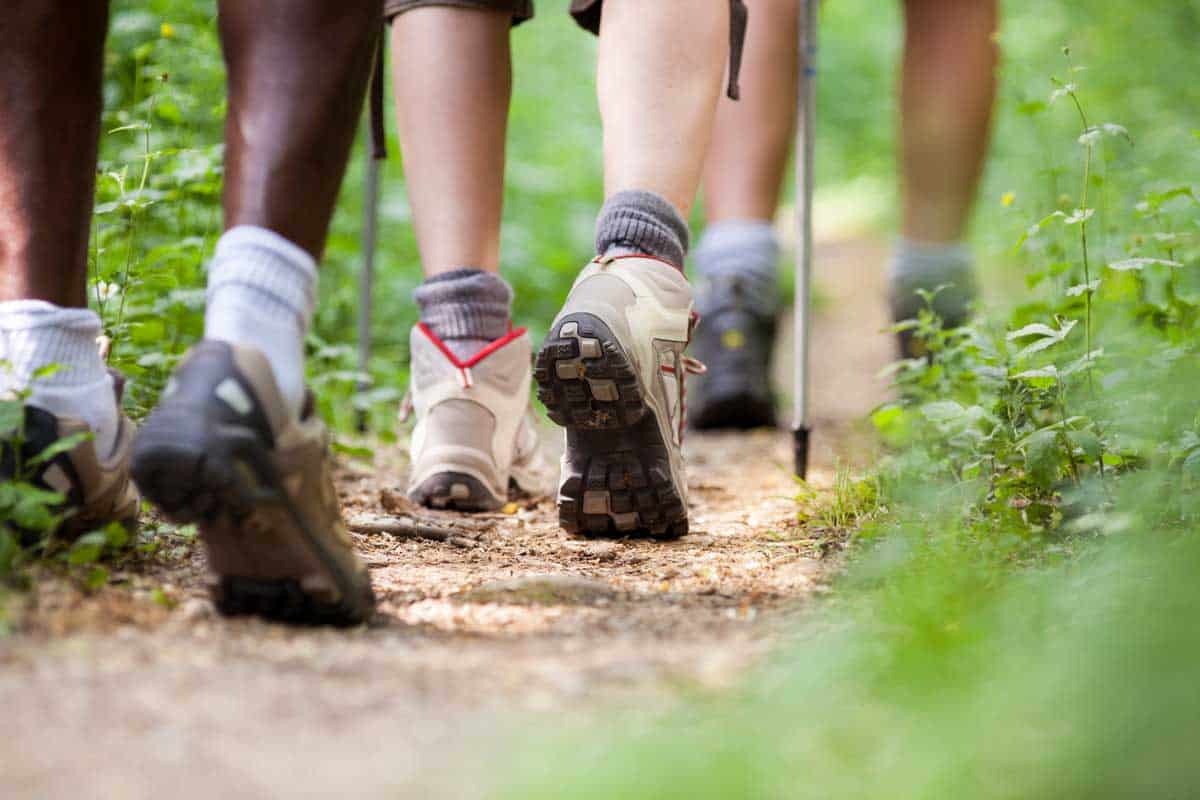
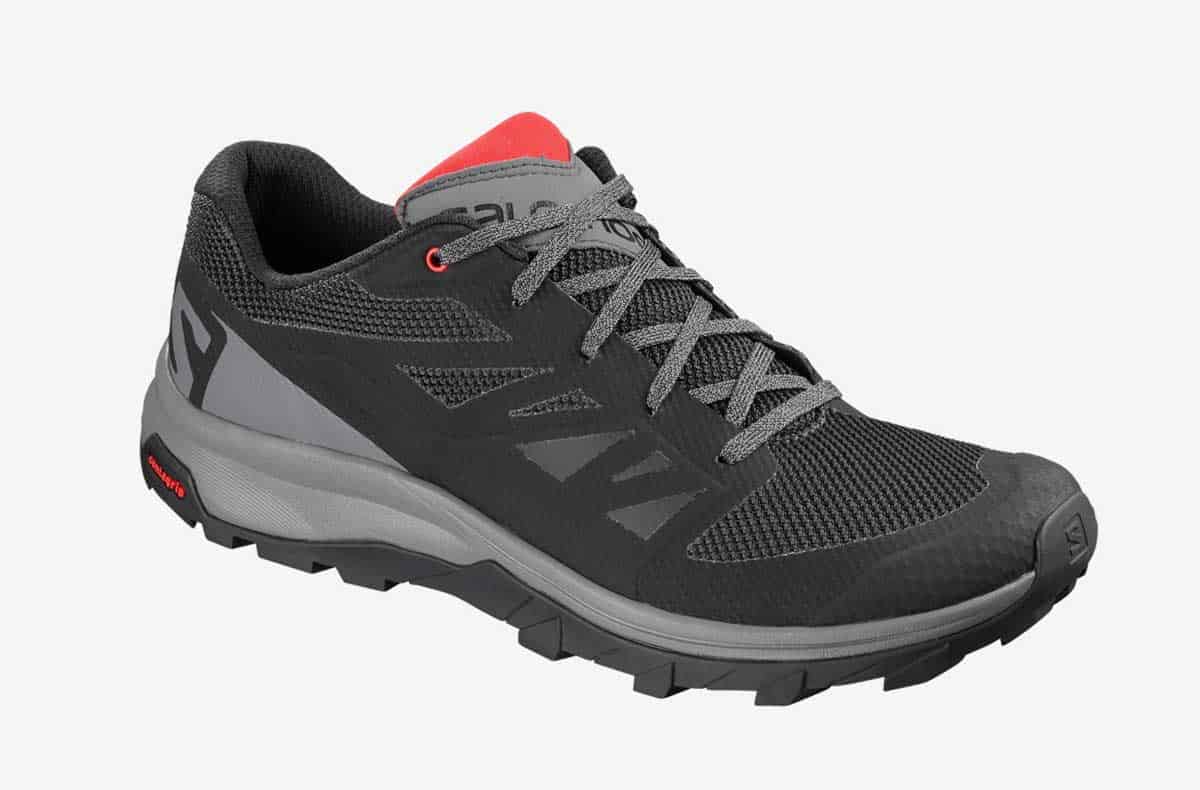
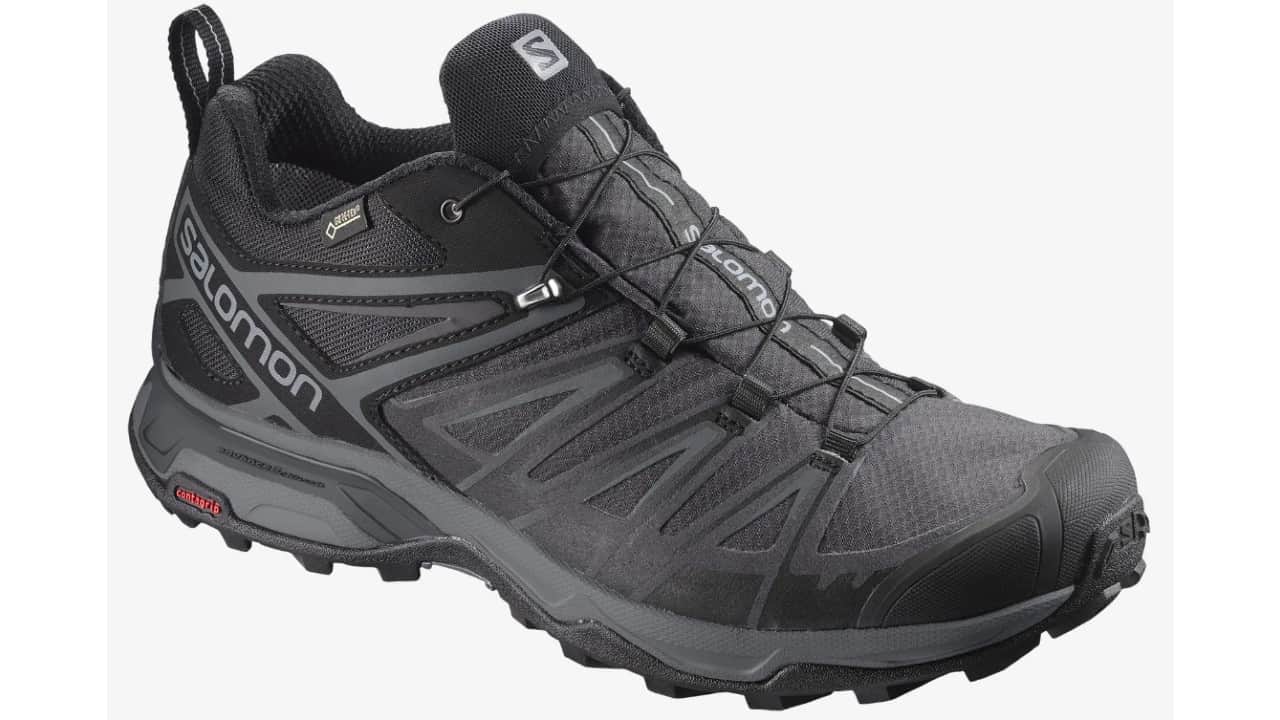
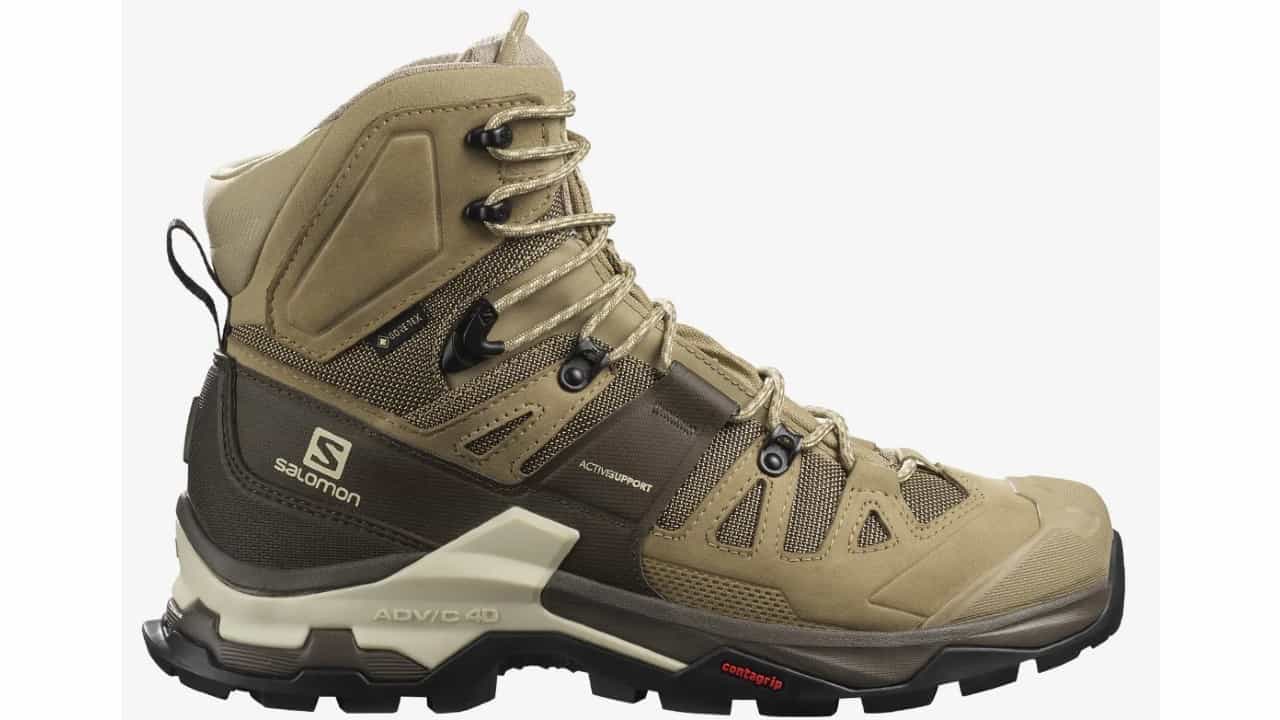
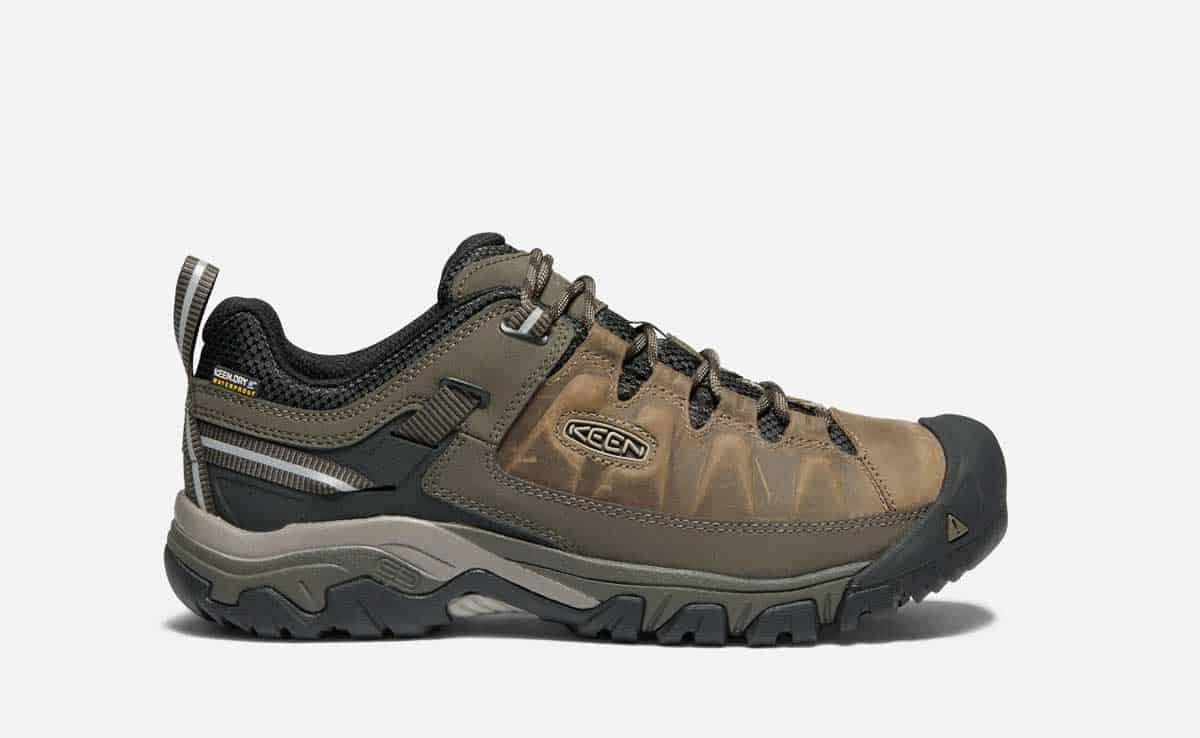
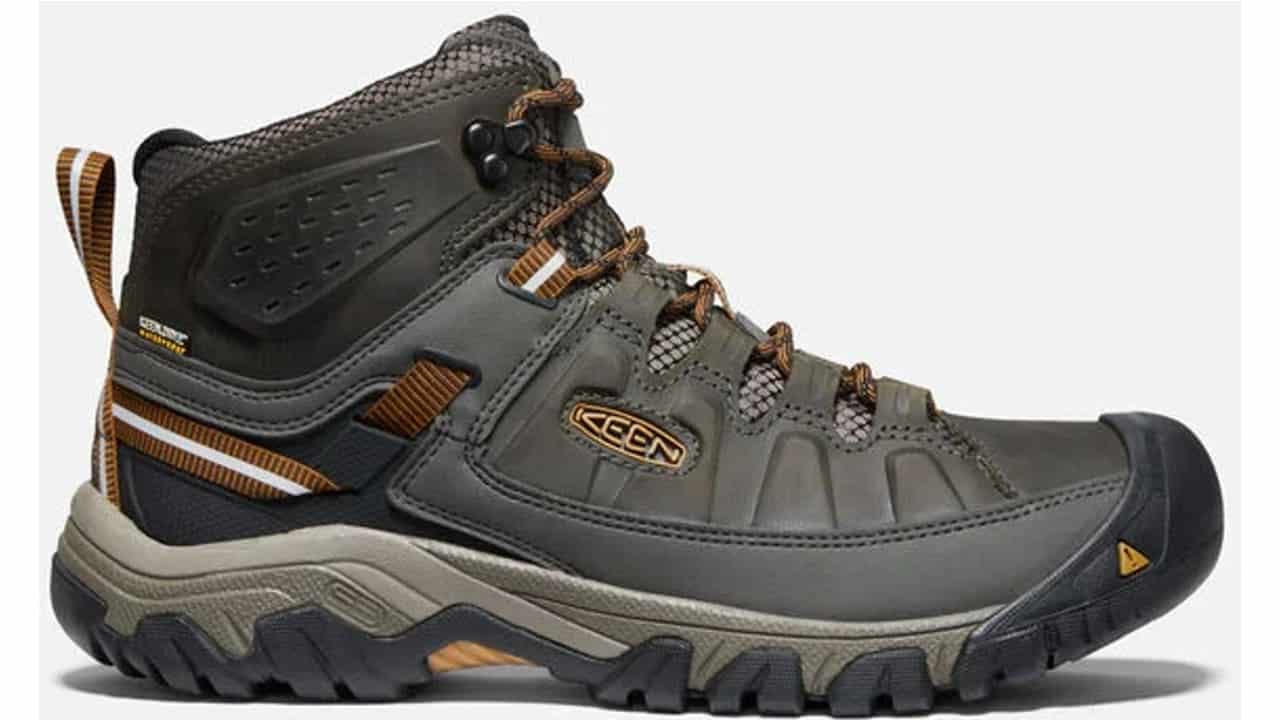
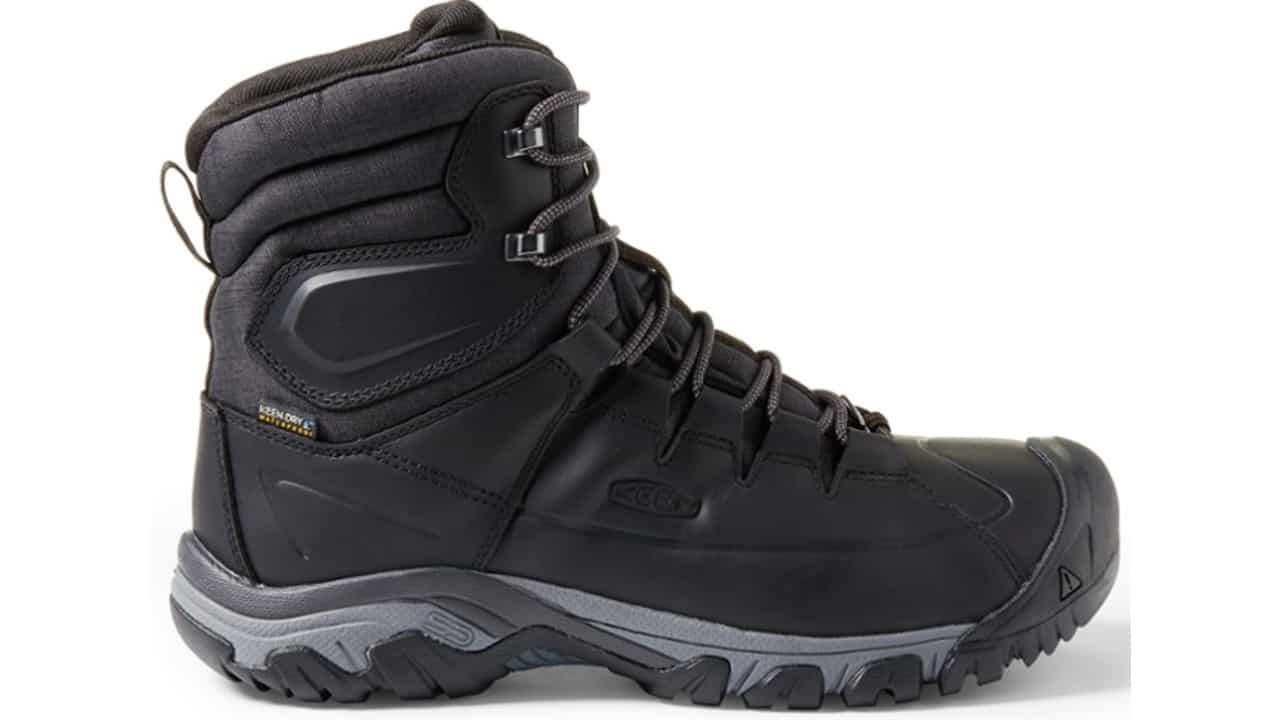
When I found Kern’s Targhee II I thought I found heaven. Warm, comfortable sturdy they were my favorite shoe not just for hiking but for everyday wear. But they changed the design and they simply ruined it. When my old Keens fell apart the new ones were so uncomfortable that I just simply could not wear them no matter how much I wanted too. The location of the arch in the insole changed and they took away a a lot of padding. So I had to switch to Salomon. Luckily I was able to also find an old pear of Keen Targhee II on ebay but I was devastated that Keen ruined a good thing. Why oh why? I read online reviews that other people also had the same experience so I am not the only one who is mourning the demise of a good hiking shoe.
I was pretty bummed when I found that Keen had changed the style of the Targhee II. I bought a pair back in 2014 that lasted me all into 2018. In 2020 I decided to look get another pair as I had tried Vasque and those just weren’t working at all. I was really bummed when I found out the hard way by buying new Targhee II’s and immediately noticed the HUGE, BAD difference. They ruined a great hiking show. I ended up buying a pair of Salomon mid GTX. The price stung a bit but so far been pretty happy with them. If Keen brings back their old design on the Targhee II, I’ll be right back as a loyal customer. Till then, Salomon it is.
I enjoyed reading your comparisons but l would like to offer one insight. I walked the Camino Frances twice, once wearing Merrells and the second time Salomon ultra. On both occasions being Spring/Summer walks l opted for the completely non waterproof version and had virtually no blisters whatsoever. Many of my fellow walkers wearing GTX versions of the same shoe were suffering blisters daily. Whilst being waterproof these shoes tend to not breathe as well as a non waterproof version and the feet sweat and blister more easily. If walking in Spring or summer l would definitely go with the non waterproof version. On another note, the Merrells did a great job, no blisters, lightweight and very sure footed, but completely worn out around the heel padding by the end of the walk. The Salomon’s on the other hand performed equally as well but felt lighter on the feet with the benefit of the fast lace system which l loved and worked really well. The big bonus is the Salomons had very little wear and after 500 miles still have a Camino in them. One last thing, after a couple of hundred miles in the Merrells l had to change out the insoles which were very poor quality. The insoles on the Salomons are excellent and still feel as good today as the first day l wore them. I can’t speak for Keen as l have no knowledge of their products but l can wholeheartedly recommend the older version of the Salomon Ultra.
Yes, the non waterproof are better for avoiding blisters – this is from my own experience.
I have returned 2 pairs of Keen Targhee III boots as the sole came away from the outer on the 1st and inner on the 2nd pair in under 3 months.
I did however buy another pair as they are so comfortable in all conditions and most terrains and not a single blister. I cover 300+ miles trekking a month.
I bought a pair of Scarpa R-Evolutions GTX boots recently, worse decision made, no give whatsoever, hurt my soles and heels and will not use again!
I have just bought a pair of Salomon 4D 3 GTX boots and have used them once and they feel really good.
I am trekking up Kilimanjaro in late June and need a reliable boot which is both comfortable and durable. I am aiming to use the Salomon’s dependent upon how they perform in coming weeks, otherwise I will wear a brand new pair of Keens straight from the box (which I have purchased), knowing that they are so comfortable and should hopefully last for the 7 days I am in Tanzania.